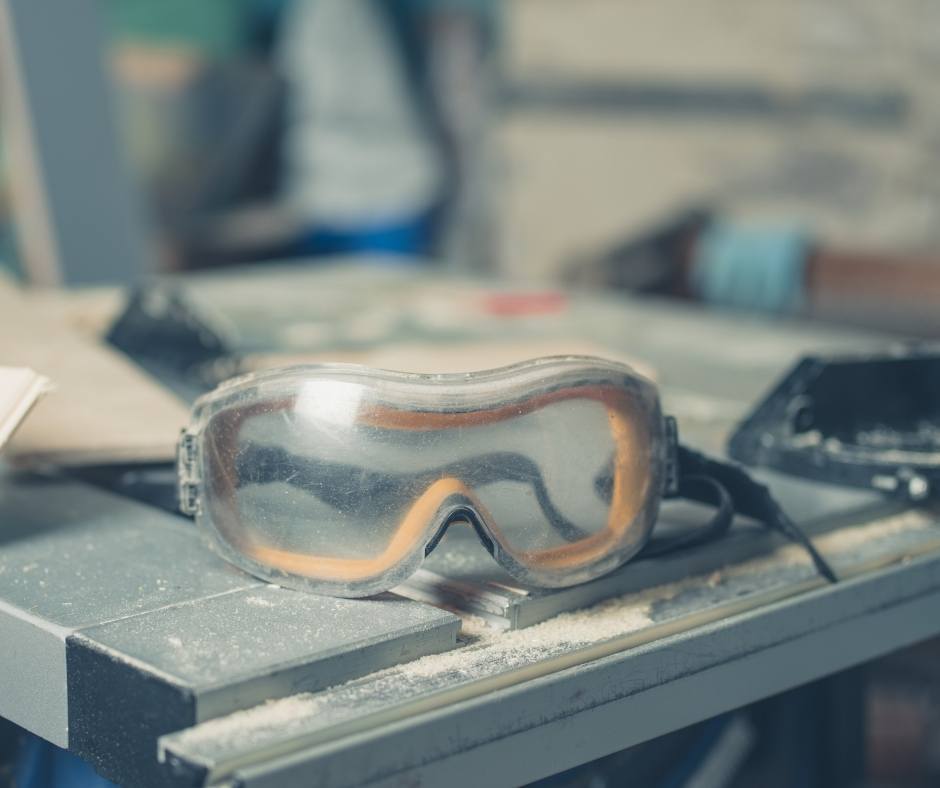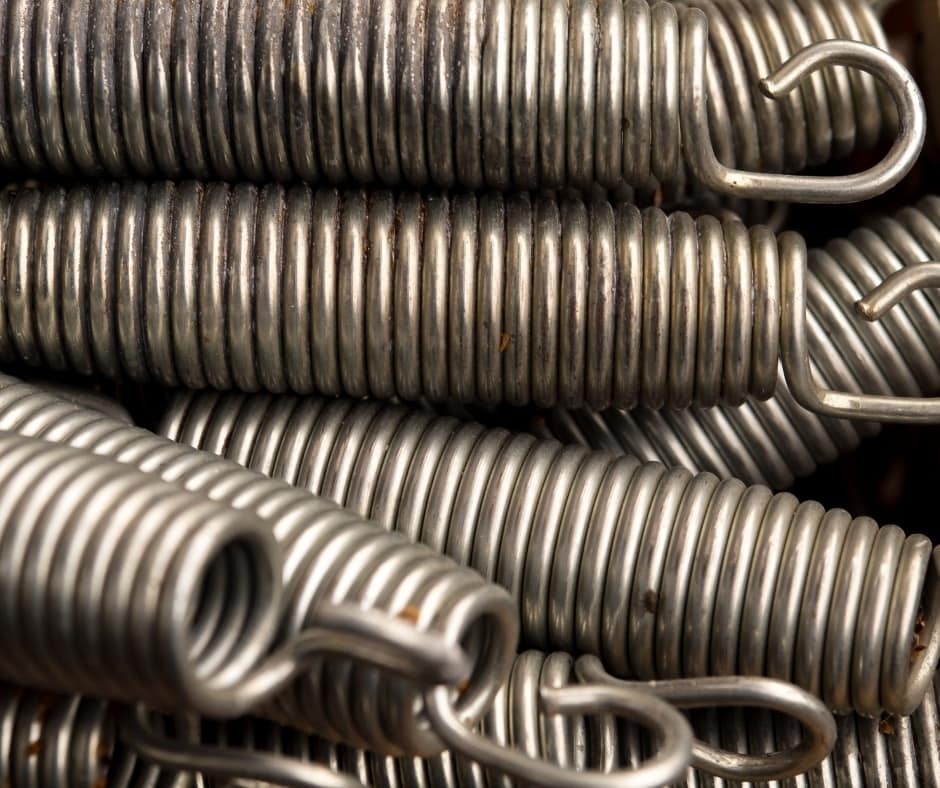Does your recliner keep falling back when you lean on it? Or maybe it can’t hold itself in the right position? Don’t worry, by the end of this article, you’ll understand how to tighten your recliner.
A tighter recliner means it will be slightly firmer, preventing any slippage. Let’s get into it.
In This Article We'll Discuss
Steps to tighten a loose recliner

Before you attempt the following methods of loosening, make sure to find safety gear. You’ll be working with springs, which can have a lot of tension. You’re going to need safety gloves and goggles.
I especially place emphasis on the goggles. When working with tension, you never know where the springs could fly off to. Make sure you have some good eye protection to protect you from any damages.
You will also need a good pair of pliers and a few coins. These coins will come in handy when expanding a spring, which I’ll explain in one of the examples.
Method One

First of all, you’re going to want to invert your chair. Flip it upside down, making sure the bottom is visible. Once you’ve uncovered the internal mechanics, you can begin.
Look alongside the side of the recliner. You’re looking from the control mechanism for the recliner. If you can’t find it, find the external recliner lever and then look internally at that point.
Once you find the control mechanism, have a look for the thumb bolt. There will either be a thumb bolt or a wingnut. You can turn these to tighten your recliner.
As the old saying goes, “Lefty loosey, Righty tighty”. If you’re looking to tighten your recliner, turn the bolt clockwise. If you’re looking to loosen your recliner, turn the bolt anti-clockwise.
Once you have adjusted the recliner, take a seat. Try to test the new reclining tightness. If the recliner is now as tight as you would like, then perfect. If not, make a rough note of how much more you would like to tighten. Flip the recliner over again and repeat the process until it is exactly how you’d like.
Method Two

Flip your recliner over, exposing the internal mechanism. Once you’ve done this, you can now start the second method. You will try to locate the central springs of your recliner. These springs are points of contact that move when your chair reclines.
First, look at the springs closely. If any of them seem rusted or old, you should consider replacing them. Old springs lose their elasticity, making your recliner loose. If you replace them outright, they should be a lot tighter.
You can pop out the old springs with a pair of pliers. Be sure to wear your safety goggles when doing this.
If there are not quite stretchy enough, you can use the coin method to increase their elasticity. By using a clamp and pliers, you can pull the spring slightly. With this slight increase, you can then place a coin between two coils of the springs. This expands the spring slightly.
Repeat this process, loading the spring with more coins. By the time you’re done, the spring will have expanded. Gently remove the coins once you’re done. Again, pliers can be very useful for getting a bit of extra grip here.
This will increase the flexibility of your springs and help your recliner recline.
Why would you need to tighten or loosen a recliner?

Tightening or loosening your recliner will dictate how your recliner functions. If your recliner is tighter it will be harder to push it backwards. On the other hand, a loose recliner will recline quickly. Depending on what you want and who you are, the best thing for you will change.
If you are slightly taller or larger, then you may need a recliner that is tighter. A tighter recliner will ensure that it won’t accidentally slip backwards on you.
If you are shorter, weaker, or older, you may want a recliner that is looser. This will let you easily push back. This looseness will allow you to easily push back, lowering your recliner into place.
Whichever reclining tension is best for you, make sure to check out the methods above. Trial and error are fantastic when it comes to getting perfect tension. Although that may take a little bit of time at the start, it will provide lots of comfort in the long run.
A final comment is that you can’t ever tighten an electric recliner. They have a series of positions that your recliner moves through. If you’re looking for a specific position, this can be useful. However, because you’re not using your own weight to move the recliner, you won’t need to adapt how tight or loose it is.
If you do need to change up the reclining position of your recliner, I advise you go to an expert. You don’t want to go cutting wires and shifting things around if you don’t know what you’re doing. Have a look to see if you have a warranty for your recliner is under guarantee.
What causes a recliner to get loose and wobbly?
The first cause of springs wearing out is time. Over time springs will naturally wear out. This is due to lots of pressure causing them to sag over. With all the pressure you put on the springs every day, the springs carry a lot of burden. This causes them to sag and begin to lose their flexibility.
Another cause of recliners becoming loose and wobbly is uneven pressure. If you tend to sit only on one side of the recliner or perch on one side, this creates pressure. The additional pressure focused on one part of the sofa will cause a spring to give out.
Once one spring gives out on one side, the rest will have to put up with additional weight. This will cause them to give out even quicker. To avoid this method of your recliner becoming loose, try to sit centrally. Fluff your cushions now and again to ensure they are even.
Conclusion
You can tighten your recliner by following a few simple steps. After these easy fixes, you will have your recliner that will be exactly how you want it. Just remember, ‘Lefty loosy, righty tighty’!

